
My Christmas Advent Calendar
Merry Christmas & Happy New Year! Maybe 2024 be happy and healthy and the world will find some peace. All my Love to Everyone!!
-
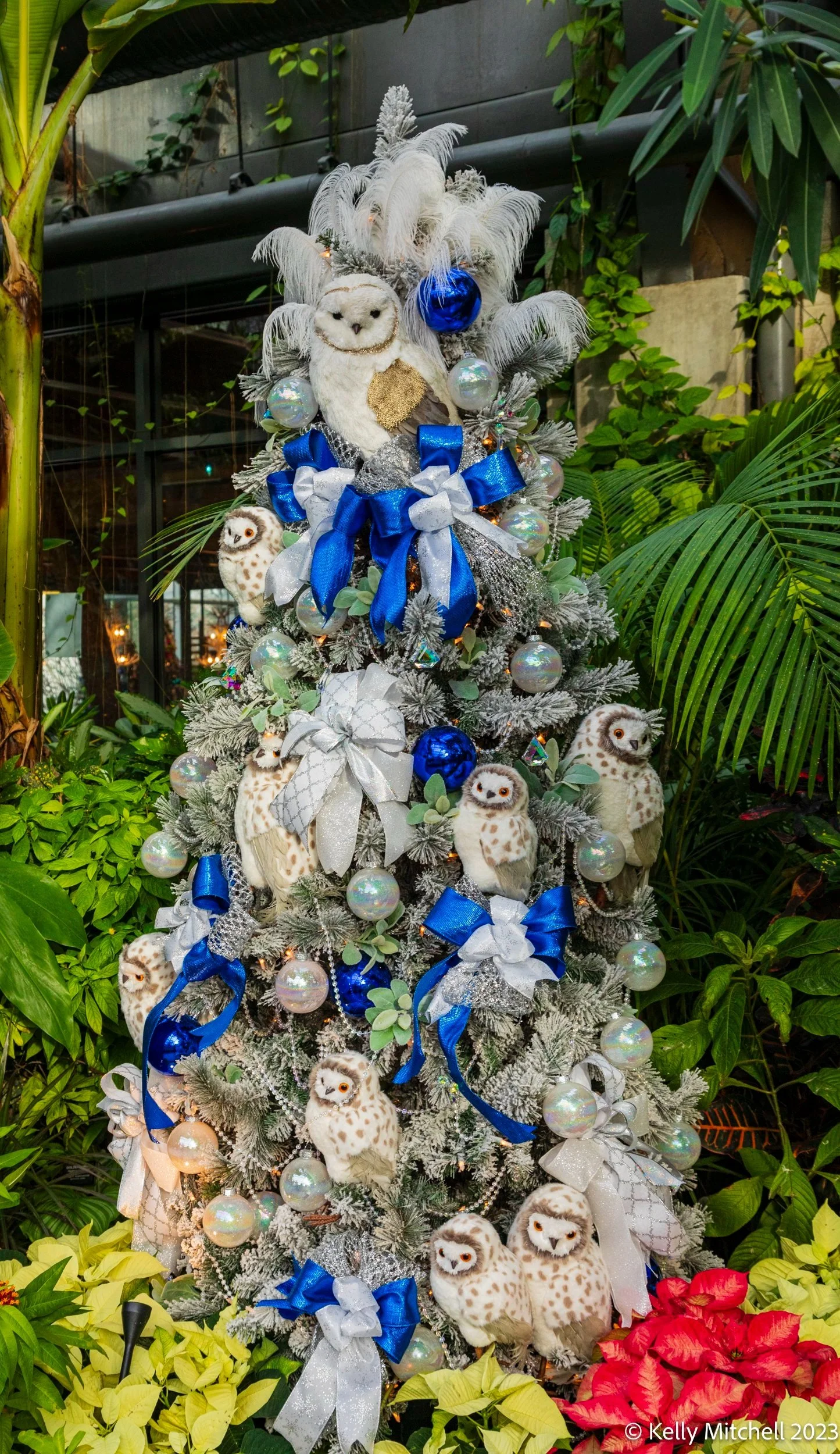
December 1
Germany is credited with starting the Christmas tree tradition—as we now know it—by the 16th century when sources record devout Christians bringing decorated trees into their homes. Some built Christmas pyramids of wood and decorated them with evergreens and candles if wood was scarce.
-
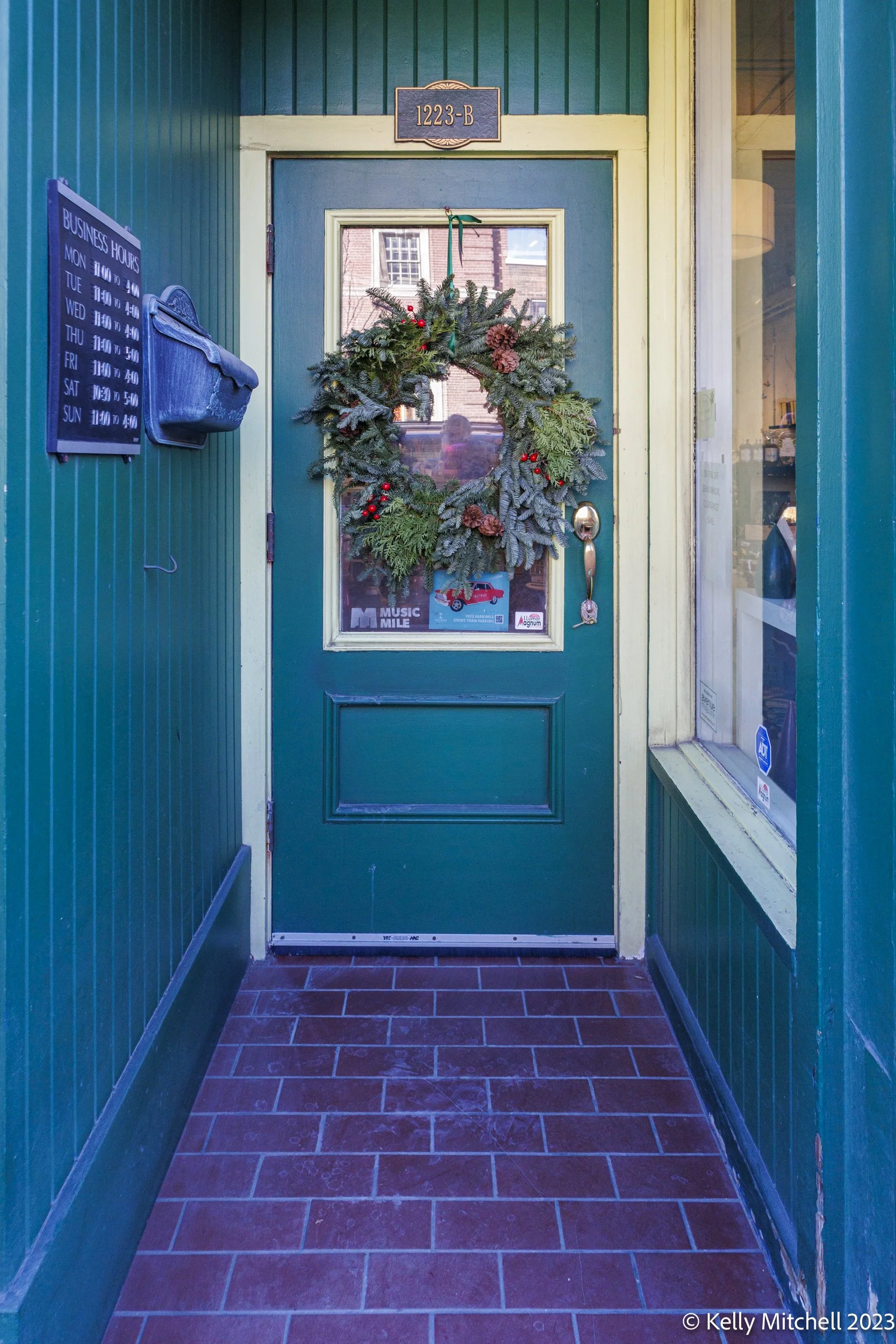
December 2
The Advent wreath, or Advent crown, is a Christian tradition that symbolizes the passage of the four weeks of Advent in the liturgical calendar of the Western church. It is traditionally a Lutheran practice, although it has spread to many other Christian denominations.
-

December 3
The legend of Santa Claus can be traced back hundreds of years to a monk named St. Nicholas. It is believed that Nicholas was born sometime around A.D. 280 in Patara, near Myra in modern-day Turkey. Much admired for his piety and kindness, St. Nicholas became the subject of many legends. It is said that he gave away all of his inherited wealth and traveled the countryside helping the poor and sick. One of the best-known St. Nicholas stories is the time he saved three poor sisters from being sold into slavery or prostitution by their father by providing them with a dowry so that they could be married.
-

December 4
Description goes The first chocolate drink is believed to have been created by the Maya around 2,500–3,000 years ago, and a cocoa drink was an essential part of Aztec culture by 1400 AD, by which they referred to as xocōlātl. The drink became popular in Europe after being introduced from Mexico in the New World and has undergone multiple changes since then. Until the 19th century, hot chocolate was used medicinally to treat ailments such as liver and stomach diseases.here
-
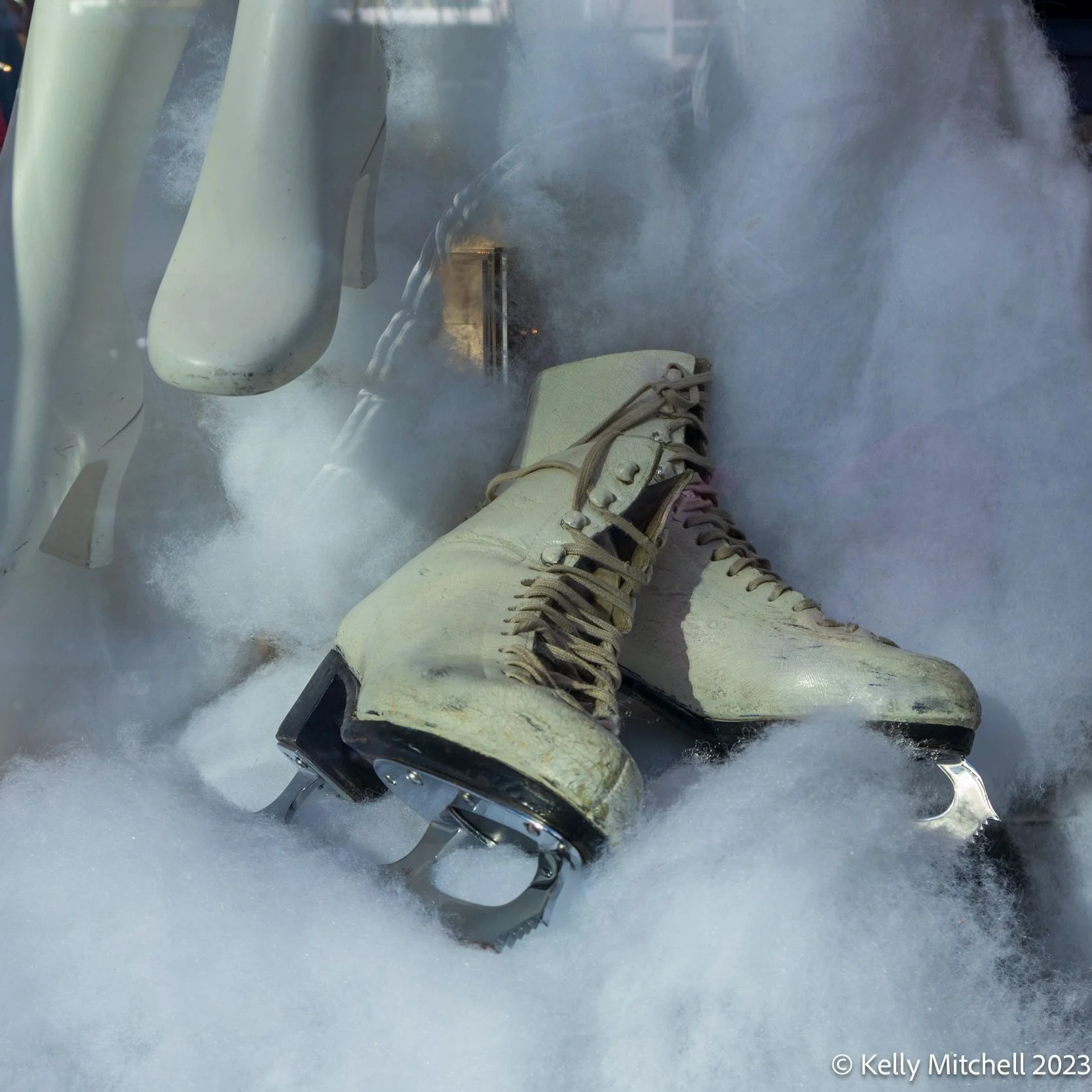
December 5
The first ice skates were made from leg bones of horse, ox or deer, and were attached to feet with leather straps. These skates required a pole with a sharp metal spike that was used for pushing the skater forward, unlike modern bladed skates
-
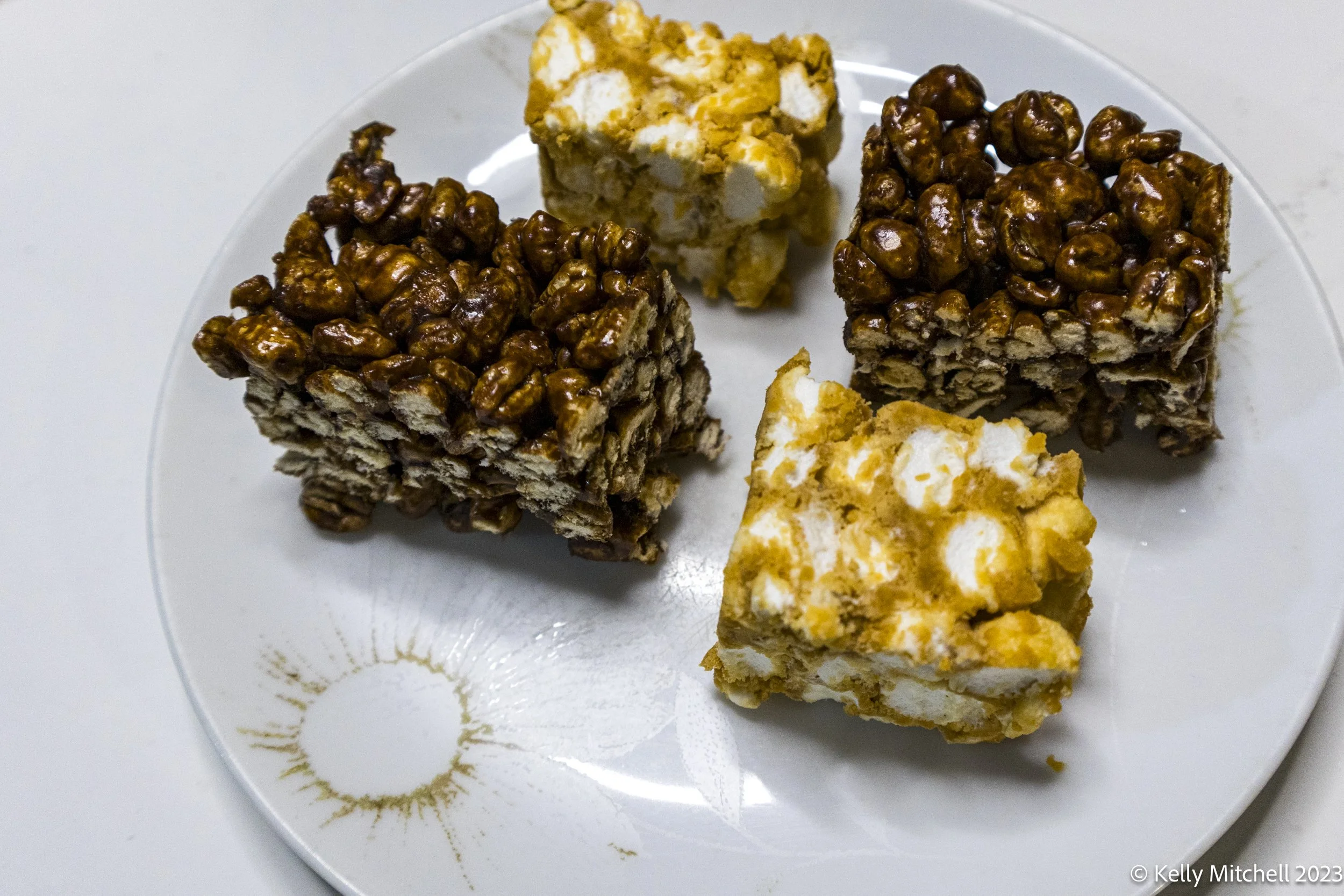
December 6
Christmas Baking … I have just start my baking for this year!!
-
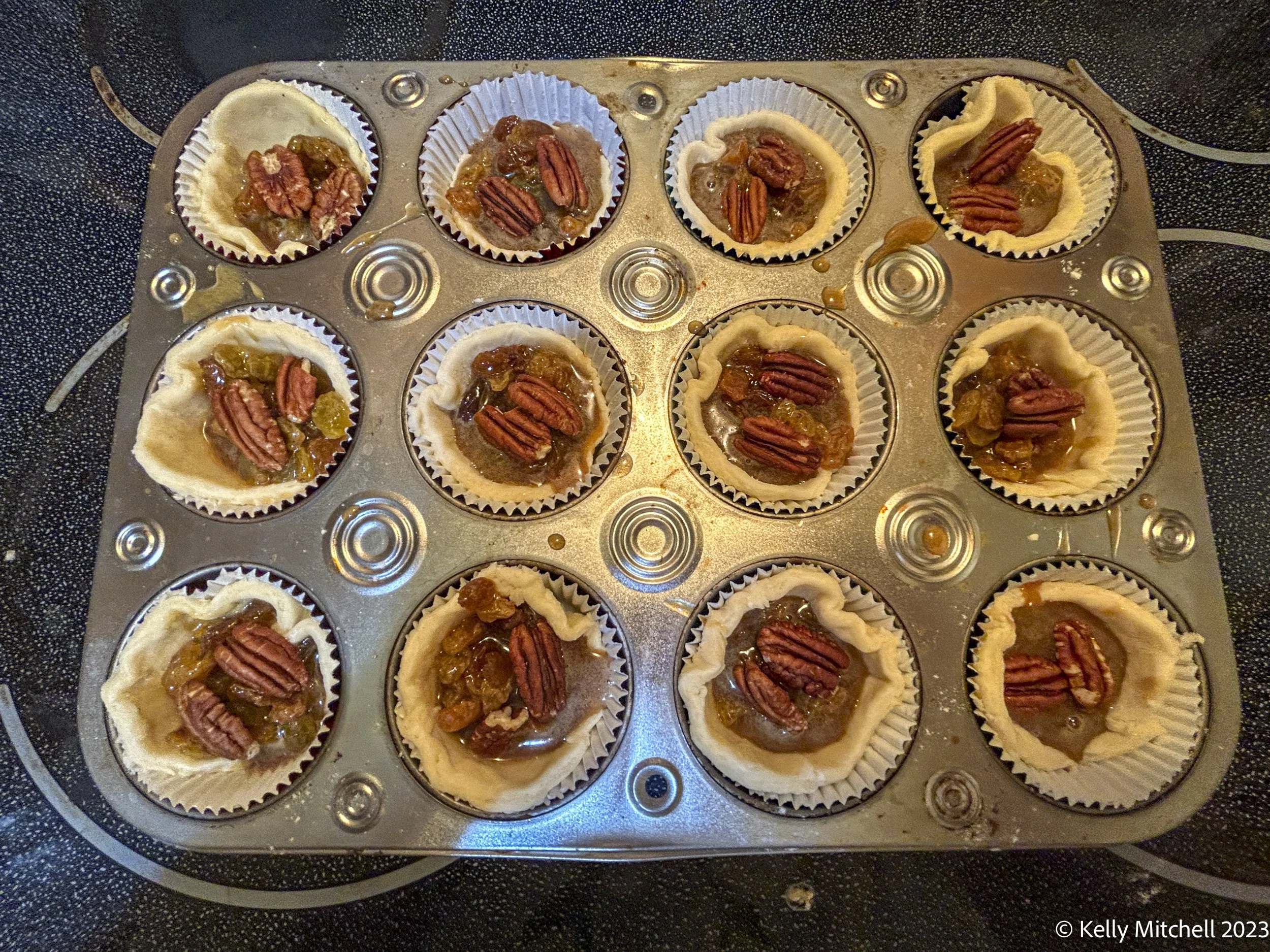
December 7
My first attempts at Butter Tarts … smells good but I just don’t know!!!
-

December 8
The special's story follows a group of school children, led by a girl named Karen, who build a snowman called Frosty and place a magician's hat on his head, which makes him come to life. Unfortunately, however after noticing the high temperature and fearing that he would melt, Frosty, along with Karen and a rabbit named Hocus Pocus, must go to the North Pole to be safe from melting.
-
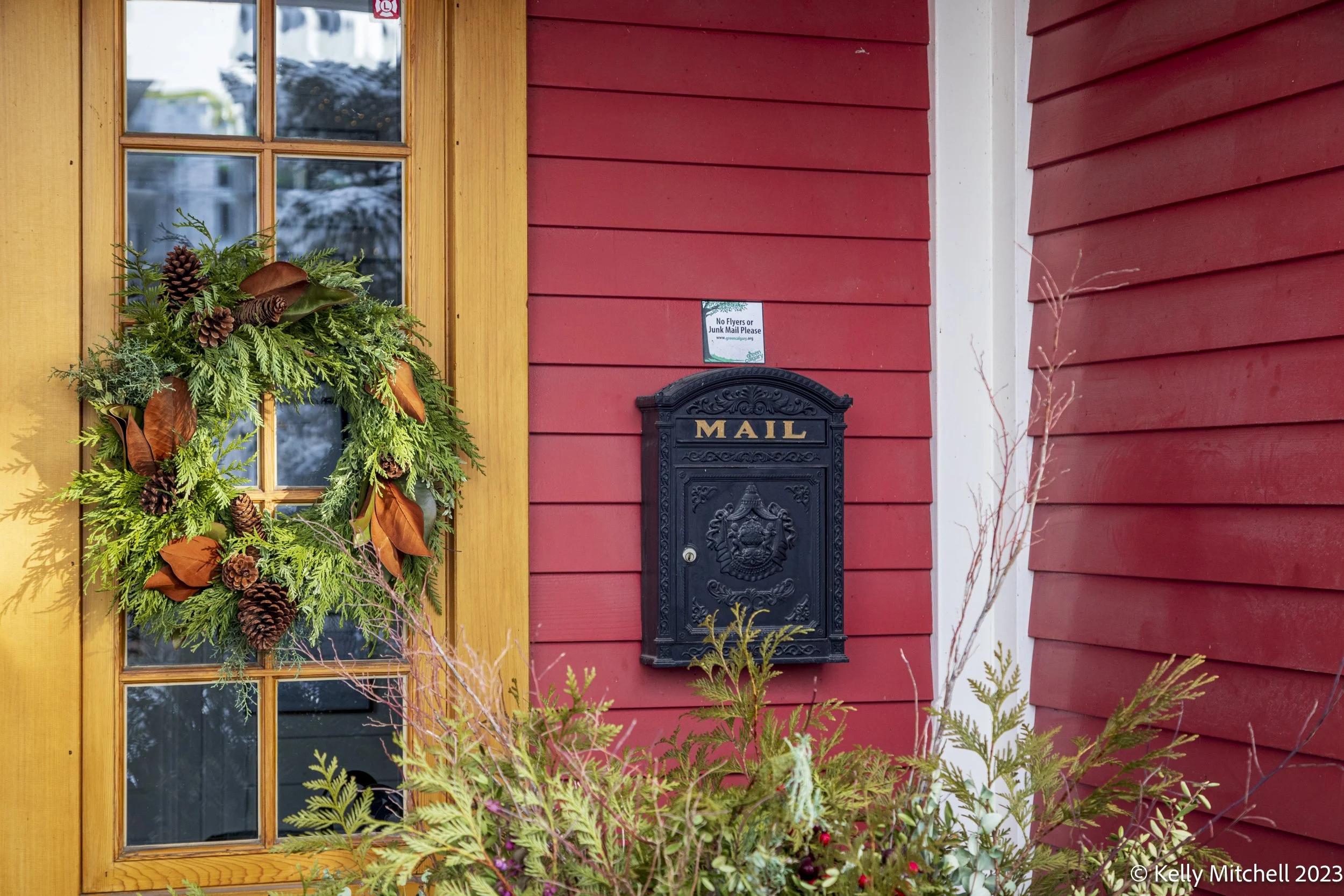
December 9
180 years ago the world's first Christmas card was sent.
Like many Christmas traditions, Christmas cards date from the Victorian era. Queen Victoria sent the first official Christmas card, and Sir Henry Cole, who amongst other things was an assistant to Sir Rowland Hill in the introduction of the penny post and the first Director of the V&A, commissioned the first commercial Christmas card in 1843.
-

December 10
The first appearance of a modern Santa Claus, complete with what we consider to be the Santa suit was in drawings by Thomas Nast. Nast's original drawings were of a small Santa who could slide down chimneys, but his later works made him full size. He was also the first to draw Santa wearing a red suit with fur lining, a nightcap, and a black belt with a large buckle.
-

December 11
It was New York’s Macy’s department store, who were the first to create a special Christmas window display in the late 1870s. A few years earlier, they’d also been the first to introduce Father Christmas to stores for children to meet.
Their first Christmas window display included a selection of porcelain dolls from around the world and scenes from Harriet Beecher Stowe’s popular novel, Uncle Tom’s Cabin.
-

December 12
Description goes hHow the Grinch Stole Christmas! is a Christmas children's book by Theodor "Dr. Seuss" Geisel written in rhymed verse with illustrations by the author. It follows the Grinch, a cranky, solitary creature who attempts to thwart the public's Christmas plans by stealing Christmas gifts and decorations from the homes of the nearby town of Whoville on Christmas Eve. Miraculously, the Grinch realizes that Christmas is not all about money and presents.
Released in 1966
-
December 13
St. Nicholas putting the bags of gold into a stocking is also where the custom of having a tangerine or satsuma (types of small citrus fruits like small oranges) and often some nuts at the bottom of Christmas stocking. If people couldn't afford gold coins, some golden fruit was a good replacement! Until the last 50/60 years fruits like tangerines or satsumas were quite unusual and special, especially in Europe.
-

December 14
One story says that a rich but grumpy farmer couldn't find a good way of cracking walnuts and offered a reward to anyone who did. A wood carver from the village of Seiffen (in Saxony) made a doll with an opening and closing mouth which was powerful enough to crack nuts. It was a great success and the farmer rewarded the village!
-

December 15
The prickly leaves represent the crown of thorns that Jesus wore when he was crucified. The berries are the drops of blood that were shed by Jesus because of the thorns.
In Scandinavia it is known as the Christ Thorn.
In pre-Christian/pagan times, Holly was thought to be a male plant and Ivy a female plant. An old tradition from the Midlands of England says that whatever one was brought into the house first over winter, tells you whether the man or woman of the house would rule that year! But it was unlucky to bring either into a house before Christmas Eve. -
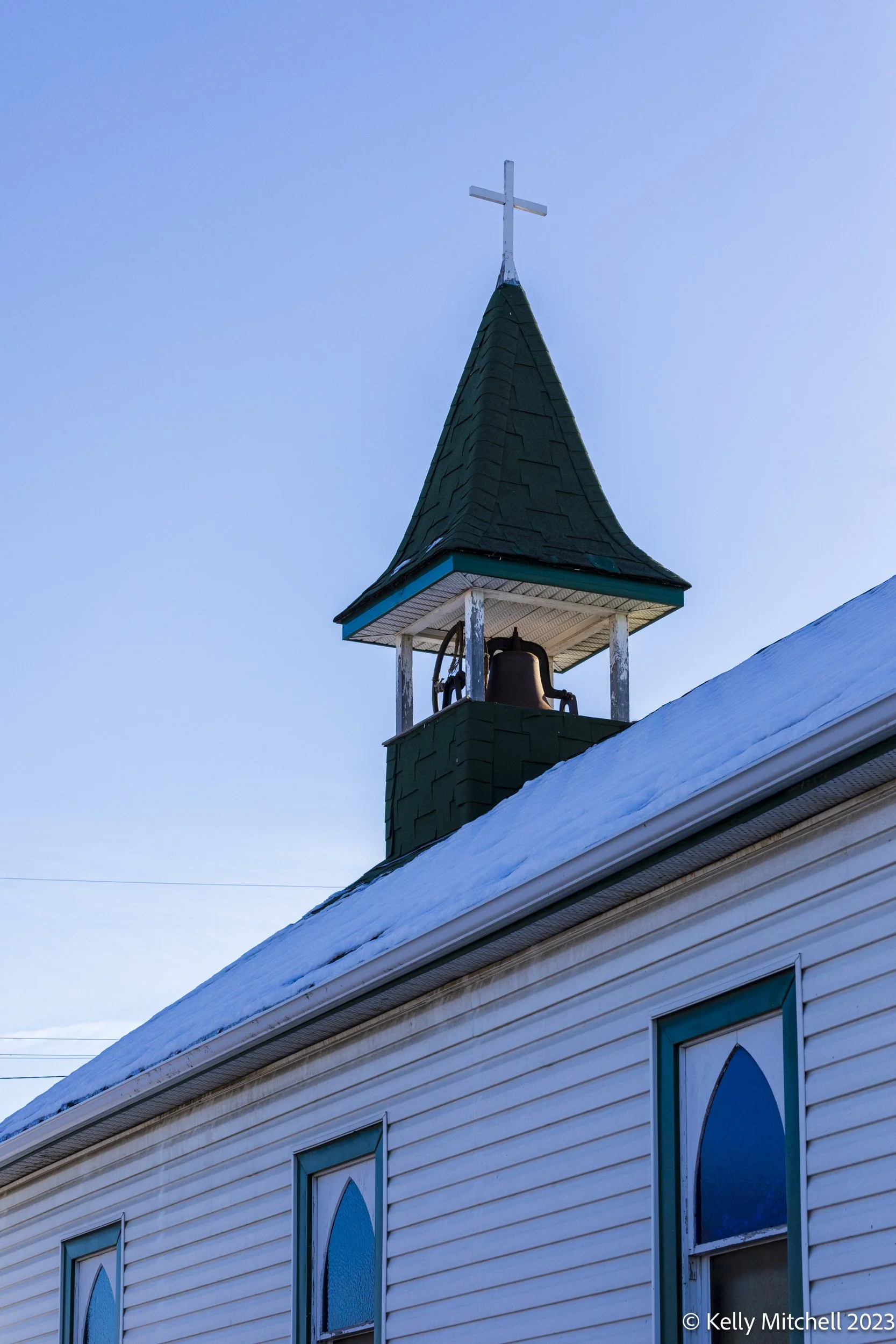
December 16
I Heard the Bells on Christmas Day
I heard the bells on Christmas day
Their old familiar carols play
And mild and sweet their songs repeat
Of peace on earth good will to menLongfellow’s context was also one of national division, the Civil War, as well as personal loss. His wife, Fannie, had died when her dress caught fire. Henry tried to put the fire out by smothering the flame with his own body, but it was too late. Then two years later his 18-year-old son Charley left home and signed up to serve in Lincoln’s Union Army.
-
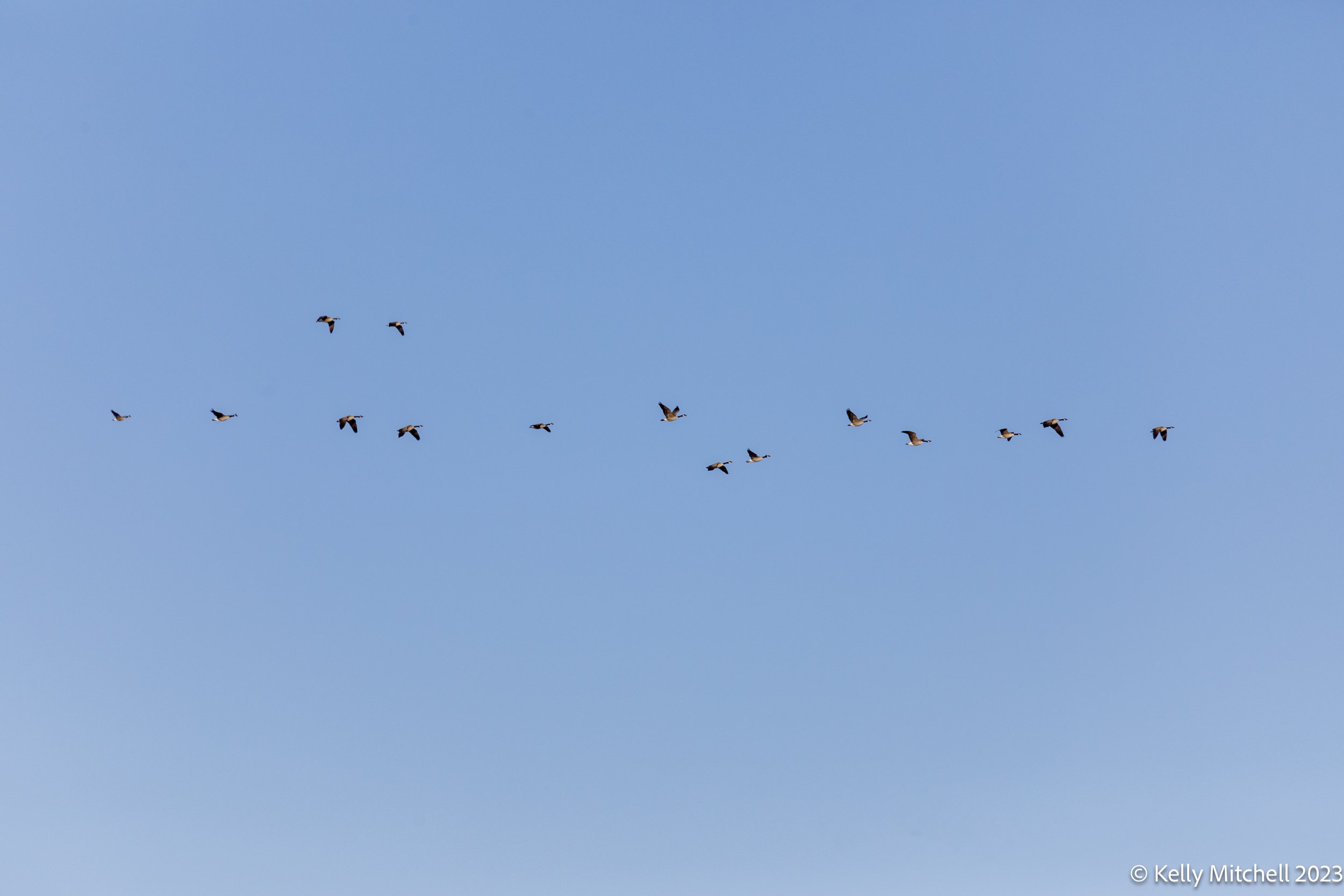
December 17
Christmas Bird Count
Started in 1900, the Christmas Bird Count (CBC) is North America’s longest-running Citizen Science project. People in more than 2000 locations throughout the Western Hemisphere participate in the CBC each year.
-

December 18
Silver bells, silver bells
It's Christmas time in the city
Ring a ling, hear them ring
Soon it'll be Christmas dayAnd those silver bells? Those bells ringing in the song were inspired by the imagery of Salvation Army bell-ringers standing outside department stores during the Christmas season.
“Silver Bells” was introduced by Bob Hope and Marilyn Maxwell in a motion picture called The Lemon Drop Kid in 1951. The first recorded version was by Bing Crosby and Carol Richards in 1952, which also became a hit in late 1952.
-

December 19
Like the Christmas tree, Christmas ornaments originated in Germany. Hans Greiner began to make glass Christmas ornaments called baubles during the 1800s. These were the first manufactured Christmas ornaments, and they were a huge commercial success. As soon as local businesses saw how much potential commercial success Christmas ornaments had, that was that!
-
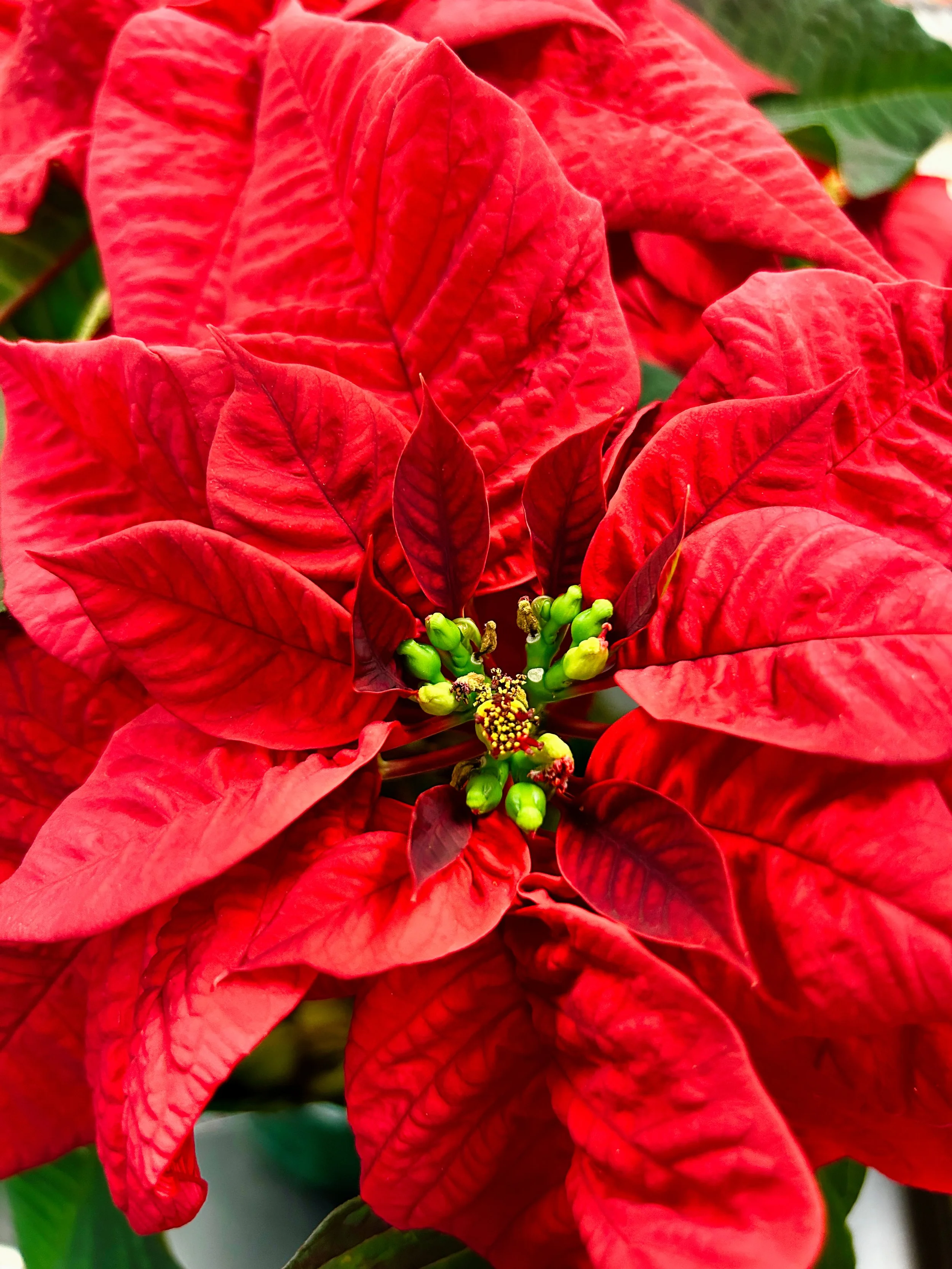
December 20
There was once a poor Mexican girl called Pepita who had no present to give the baby Jesus at the Christmas Eve Services. As Pepita walked to the chapel, sadly, her cousin Pedro tried to cheer her up.
'Pepita', he said "I'm sure that even the smallest gift, given by someone who loves him will make Jesus Happy."
-
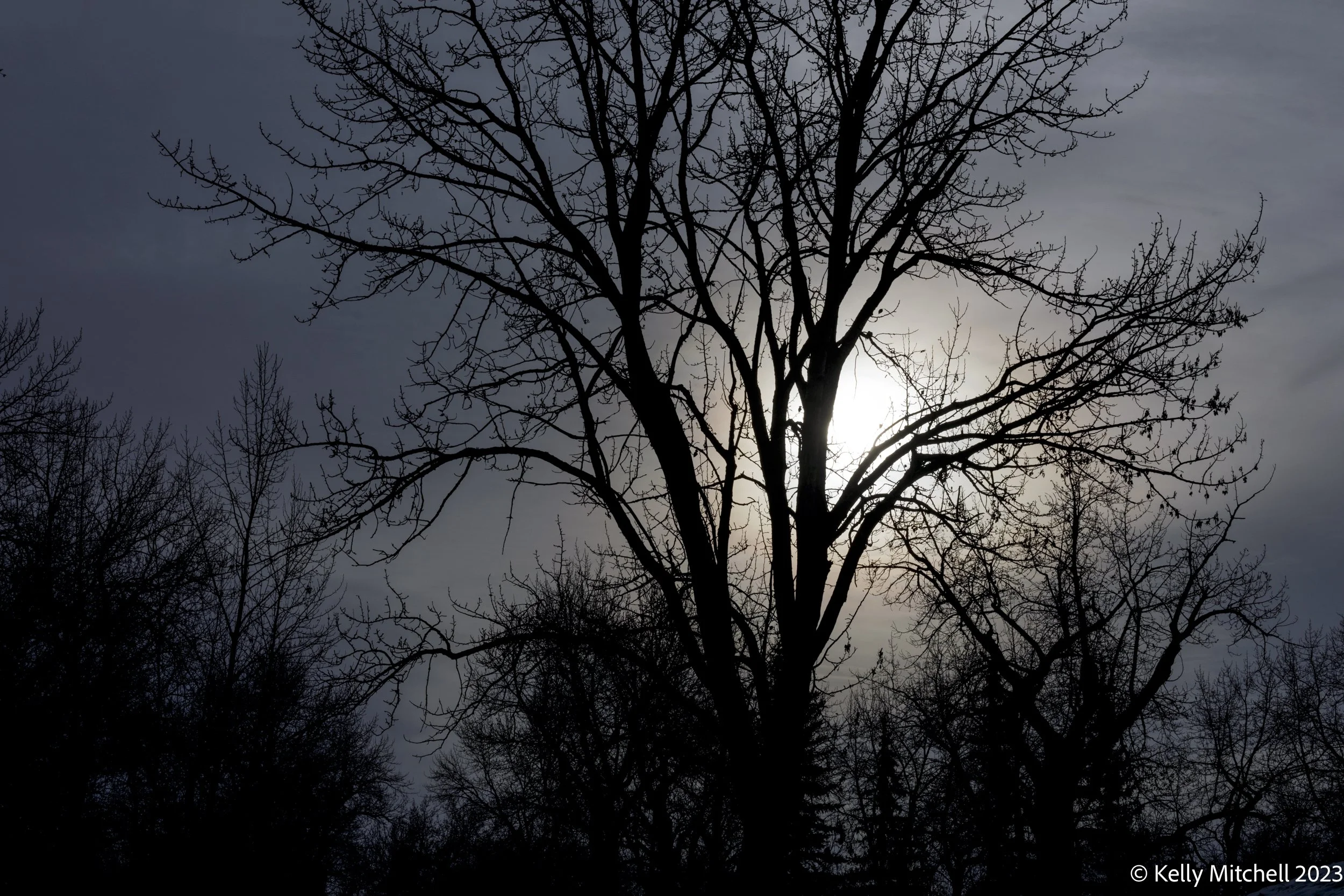
December 21
A Winter Solstice Blessing
May you find peace in the promise of the solstice night
That each day forward is
Blessed with more light.
That the cycle of nature,
Unbroken and true,
Brings faith to your soul
And well-being to you.
Rejoice in the darkness,
In the darkness,
In the silence find rest,
And may the days that follow be abundantly blessed.Author Unknown
-

December 22
One theory behind the tradition of oranges in the stocking stems from the generosity of Saint Nicholas (also known as Santa Claus, Father Christmas, Kris Kringle and Old Saint Nick), who was the son of a wealthy merchant and later in life a bishop. It's said that he lived near a father and his three daughters who had fallen on hard times, so Nicholas secretively threw three bags of gold through their window, which were rumored to have landed in each of the girl's stockings that were hanging on the mantelpiece to dry. The father eventually found out who the gift giver was and was so moved he told everyone in town about Nicholas.
This was not only the origin of Santa Claus but also one reason for oranges—which represent bags of gold—in our stockings.
-
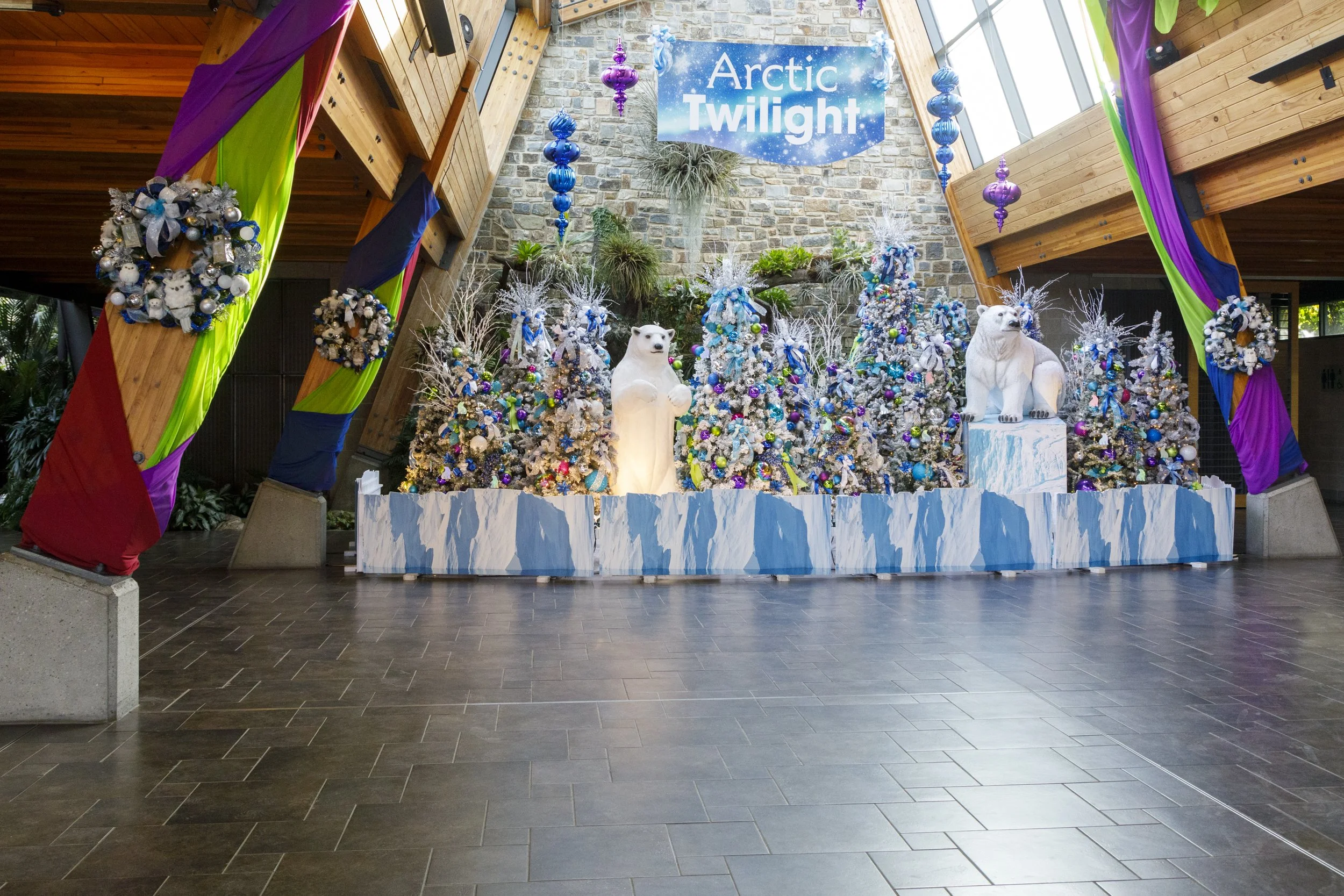
December 23
Canada is a very large country and people of many different cultural backgrounds live there. Because of this, there are lots of different Christmas traditions in Canada. Many of the traditions and celebrations come from French, English, Irish, Scottish, German, Norwegian, Ukrainian and native/first nation influences.
-

December 24
And the angel said unto them,
Fear not: for, behold, I bring you good tidings of great joy, which shall be to all people. -
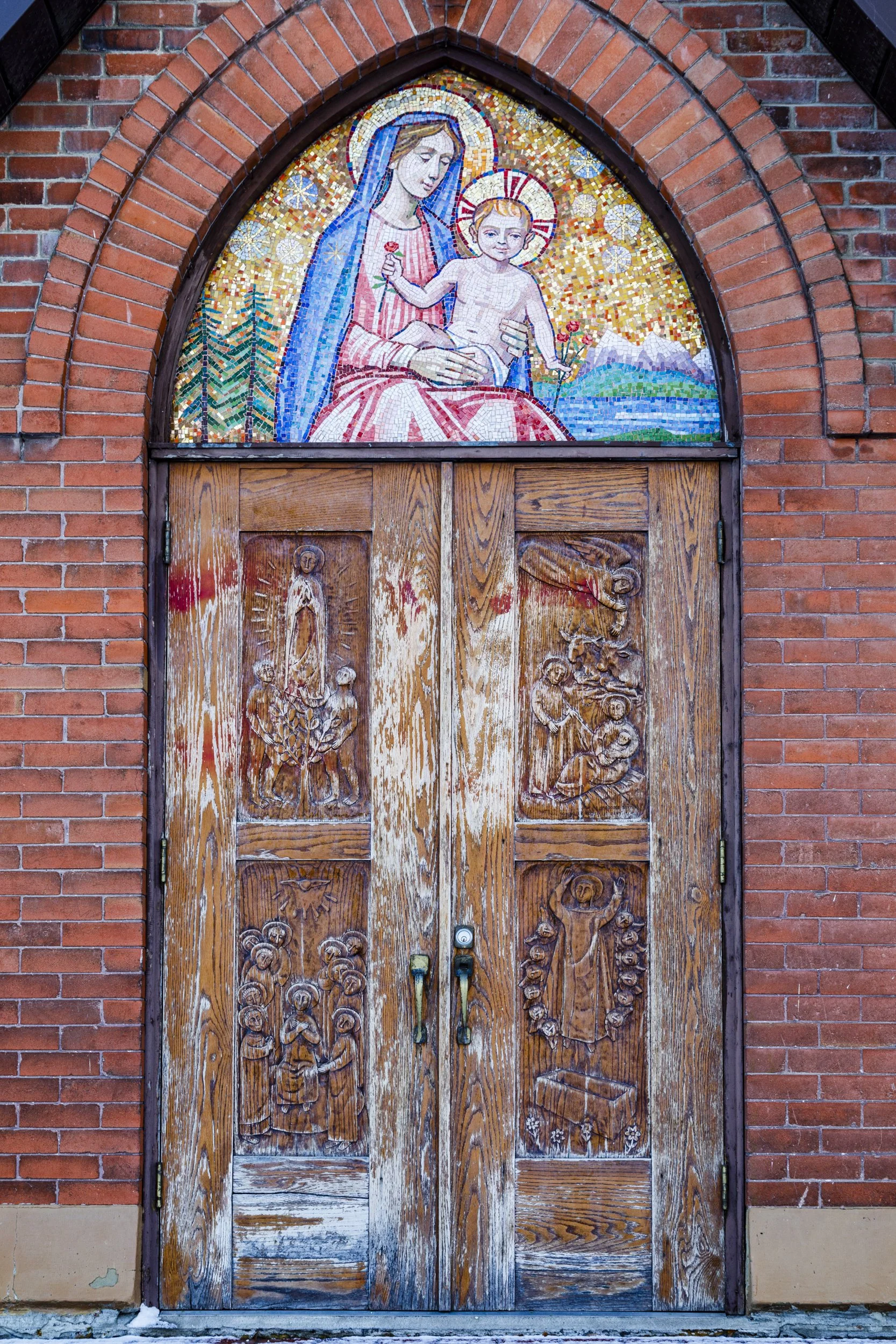
December 25
And she brought forth her firstborn son,
and wrapped him in swaddling clothes, and laid him in a manger;
because there was no room for them in the inn.
This is a fun project for the days leading up to Christmas!! Coming up with ideas and photos to go with those the ideas. What a great way to get into the Christmas Spirit and enjoy being out and creative.
I hope you enjoyed what I share and gave you a few ideas of your own for Christmas.
